QuestionHello, I was considering adding a cat to my dog pack, I have three dogs, 70 lbs, 15 lbs and once our newst is fukll grown 16-19 lbs. They are ok with other pets I'd had small pets before, they are also great with my male lovebird who is friendly and out of his cage on my shoulder offen(his wings are clipped and he can not fly). I would like a placid cat breed that isnt going to just snap at my dogs when the going gets... 'ruff', and perferbily one that can accept any type of pets i may have or get in the future. I would perfer a short haired cat but I wouldnt mind long hair if daily brushing would keep hair clumps down. Could you reccomend a breed to me? The adult weight/height of the cat doesnt matter to me just that it must have a good even temper and perferibly one that will come and cuddle next to you on your bed or your couch not a shy away type cat. I'm in Calgary A.B and hope to find the puticular cat breed in my city. In your option would a cat be ok living with this many dogs? Thank you for your help.
AnswerTara,
No matter what type of cat you get, the lovebird may be in jeopardy. The three breeds that come to mind are the British Shorthair for a shorter haired variety, the Exotic for a shorter haired variety, and the Persian for a longer haired variety. For a complete write up on these breeds you can get hold of "The Cat Fanciers' Association Complete Cat Book", edited by Mordecai Siegal; 2004; Harper Collins, New York, NY If it is not in your library, it can be ordered from the Cat Fanciers' Association web site: www.cfainc.org
I would get a kitten, preferably at least 4-5 months of age, so it has had all of its shots, is litter trained, and has been socialized to people. Every once in a while you can find a cattery where they have at least one dog, which could greatly help.
To find breeds in your area check out www.breedlist.com
The following is a technique we have used to introduce a new cat to a household with established pets:
Start out your new kitten in one room with a litter pan and water dish. Ideally, the one room should be a bedroom with yourself or another human resident. This accomplishes a couple of things. Your new kitten will not be overwhelmed by its new surroundings and get "lost", and thusly will have no problem finding the litter pan (often kittens or rescue cats have been confined and are somewhat daunted by wide open spaces!). You will feed the new kitten in this room and keep the established pets out. It allows the new kitten to bond with you or another human being and also build up some self assurance in its new surroundings since it will not have to compete for food or attention right away. Finally, it allows the new kitten and the established pets to sniff each other under the door and get familiar with each others' scents.
After 3-5 days of being in its one room, it is time to let them meet each other. Be prepared for some posturing, some spitting and hissing, and the like. IGNORE IT! After a while, they should begin chasing each other about and still have the occasional hiss or spit as they get acustomed to each other. Cats tend to make a whole lot of noise and even loosen up some fur. Rarely will a kitten really hurt one of the dogs.
Once they are introduced, there are a couple of things you must remember. Do not separate them again, they will get along! Do not interfere in their "discussions" as they need to sort it out amongst themselves!
It does not hurt to give the established pets treats and extra attention after the new kitten is introduced (yes, dogs do get jealous!).
A couple of things you may have to do are to feed the kitten where the dogs cannot get its food. Provide a litter pan somewhere the kitten can get to, but the dog cannot. Remember, dogs think cat poo is candy and will bother the kitten when it is trying to do its business, if they can. This would result in the kitten finding other places to poop, which would certainly not be to your liking! The kitten will need a quiet place it can get to where the dogs cannot follow, especially when it has had enough. Cats operate in all 3 dimensions whereas dogs tend to operate in only two. So, providing the cat with a sturdy exercise post with lots of height, wrapped in closed loop carpeting and/or sisal rope is the way to go. The exercise post should have shelves and or cubbyholes for the cats enjoyment and, ideally, be placed near a window.
I will make no guarantees as to the safety of the lovebird!!!!!
All, in all, this method seems to have had great success in the past and makes for a fairly smooth introduction. Please remember that they may make up immediately, or it may take a few weeks.
Best regards... Norm.

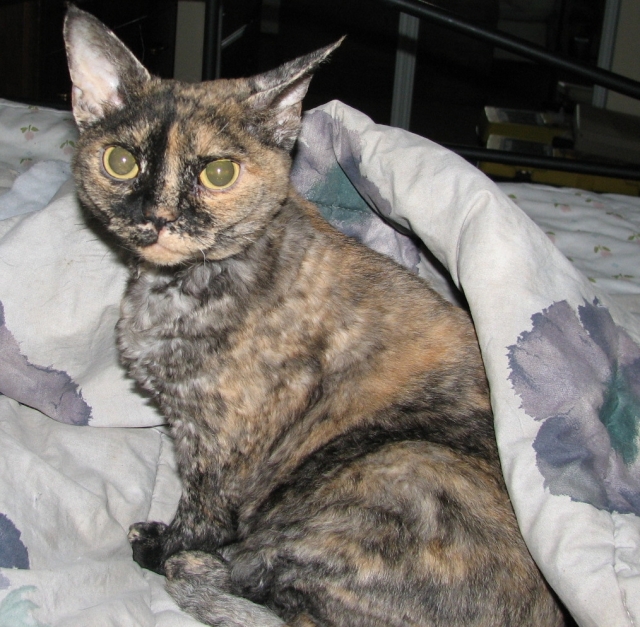 My cat is jealous of my other cat
QuestionQUESTION: Hi Ali. I hope you can provide
My cat is jealous of my other cat
QuestionQUESTION: Hi Ali. I hope you can provide
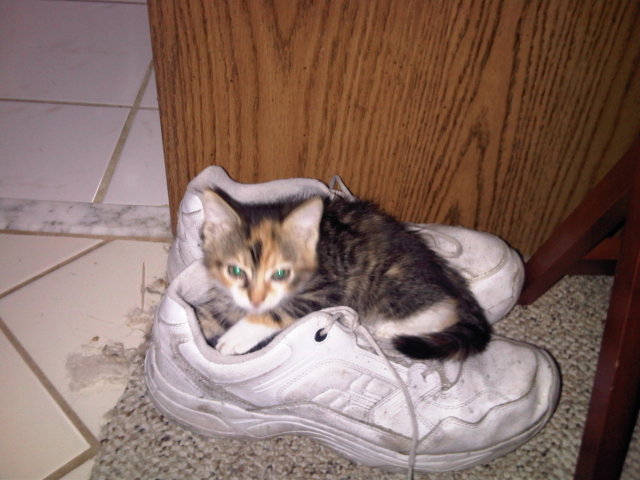 Kitten not eating
Question
Tiny
I have a 10 week old female kitten
Kitten not eating
Question
Tiny
I have a 10 week old female kitten
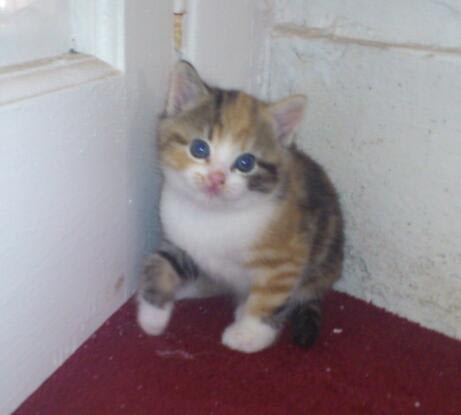 is my male kitten a tortoiseshell?
Question
our wee guy our wee guy
Hi,
I am
is my male kitten a tortoiseshell?
Question
our wee guy our wee guy
Hi,
I am
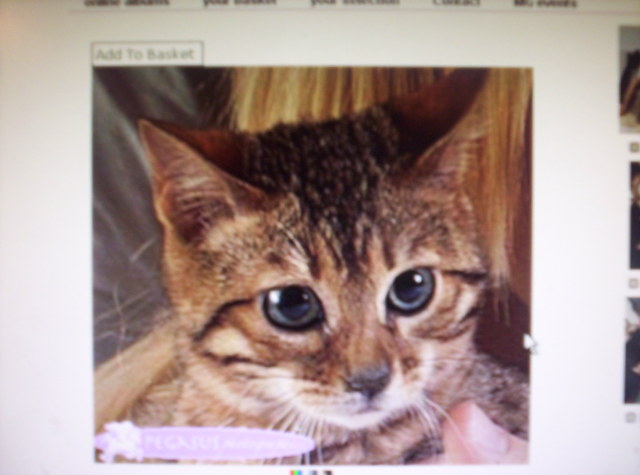 tatty kitten
QuestionQUESTION: Hi i have adopted a bengal kitt
tatty kitten
QuestionQUESTION: Hi i have adopted a bengal kitt
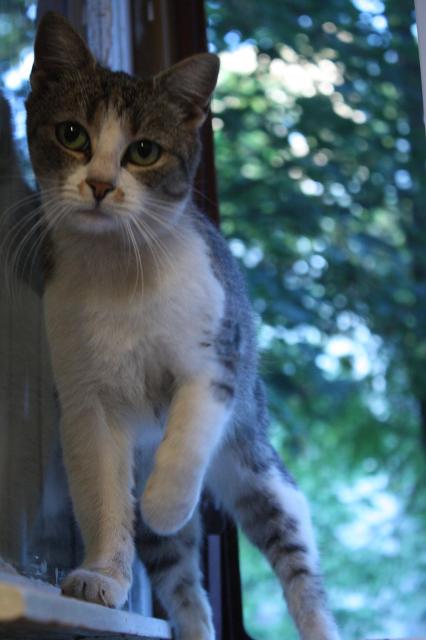 Cat meaowing after spayed
QuestionQUESTION: Hello, I am having a problem with my
Cat meaowing after spayed
QuestionQUESTION: Hello, I am having a problem with my